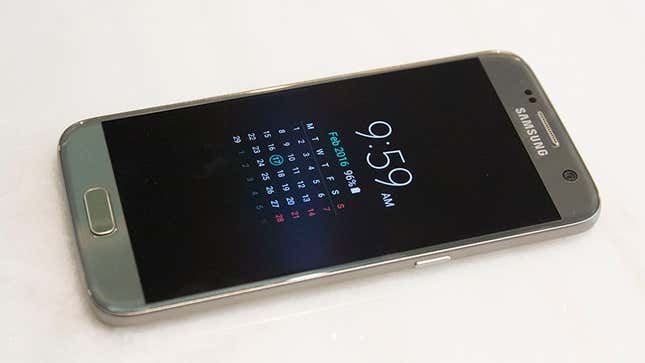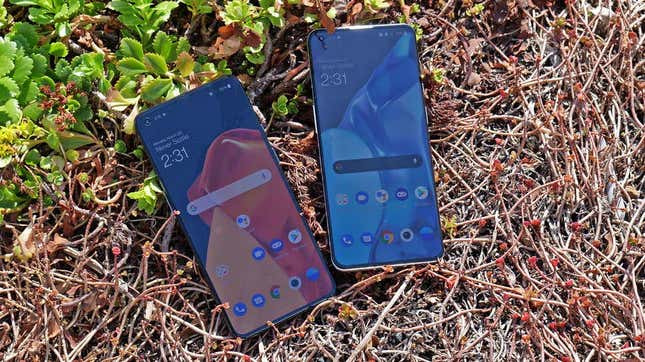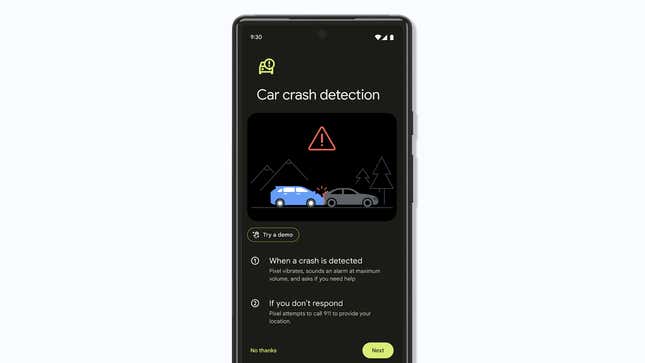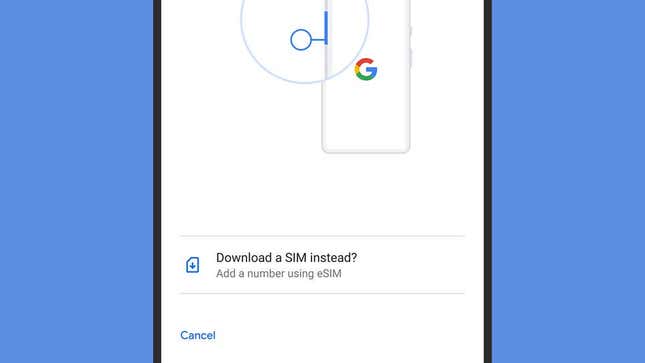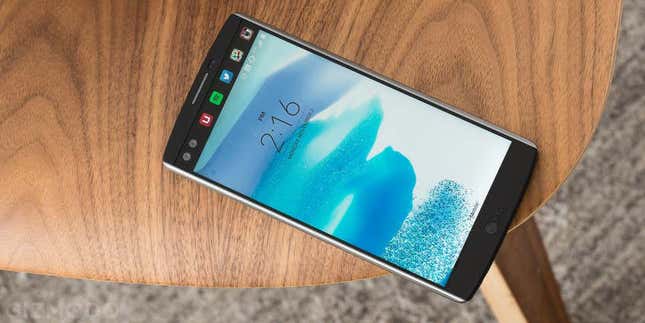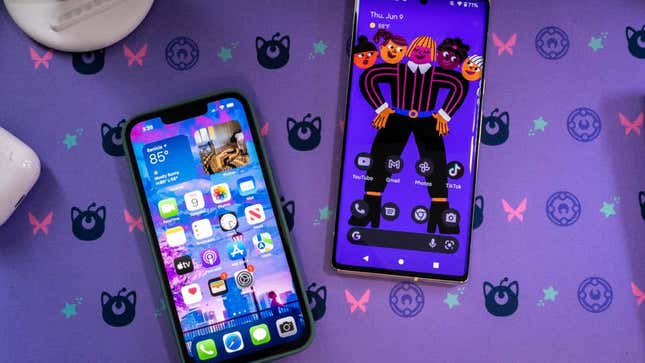
I’m not saying that Apple’s newest smartphone lifted elements directly from the mass of phones already floating around in the Android space, but I noticed some similarities during the Far Out keynote that I couldn’t ignore. The iPhone 14’s new features, like the always-on display and ProRAW mode, seemed similar to abilities I’ve already been toying with on some Samsung and Google Pixel devices. The Dynamic Island, in particular, reminds me of a feature that used to exist on a long gone LG device. However, Apple is doing something a little different with its implementation in a way that makes clever use of what everyone else is deeming a “hole punch” in the middle of the display.
Here’s a look at some of the “copy-cat” abilities that Apple announced for the iPhone 14 this week. Apple was also first to the table on a few other features we’re hoping Android adopts and adapts in the future.
